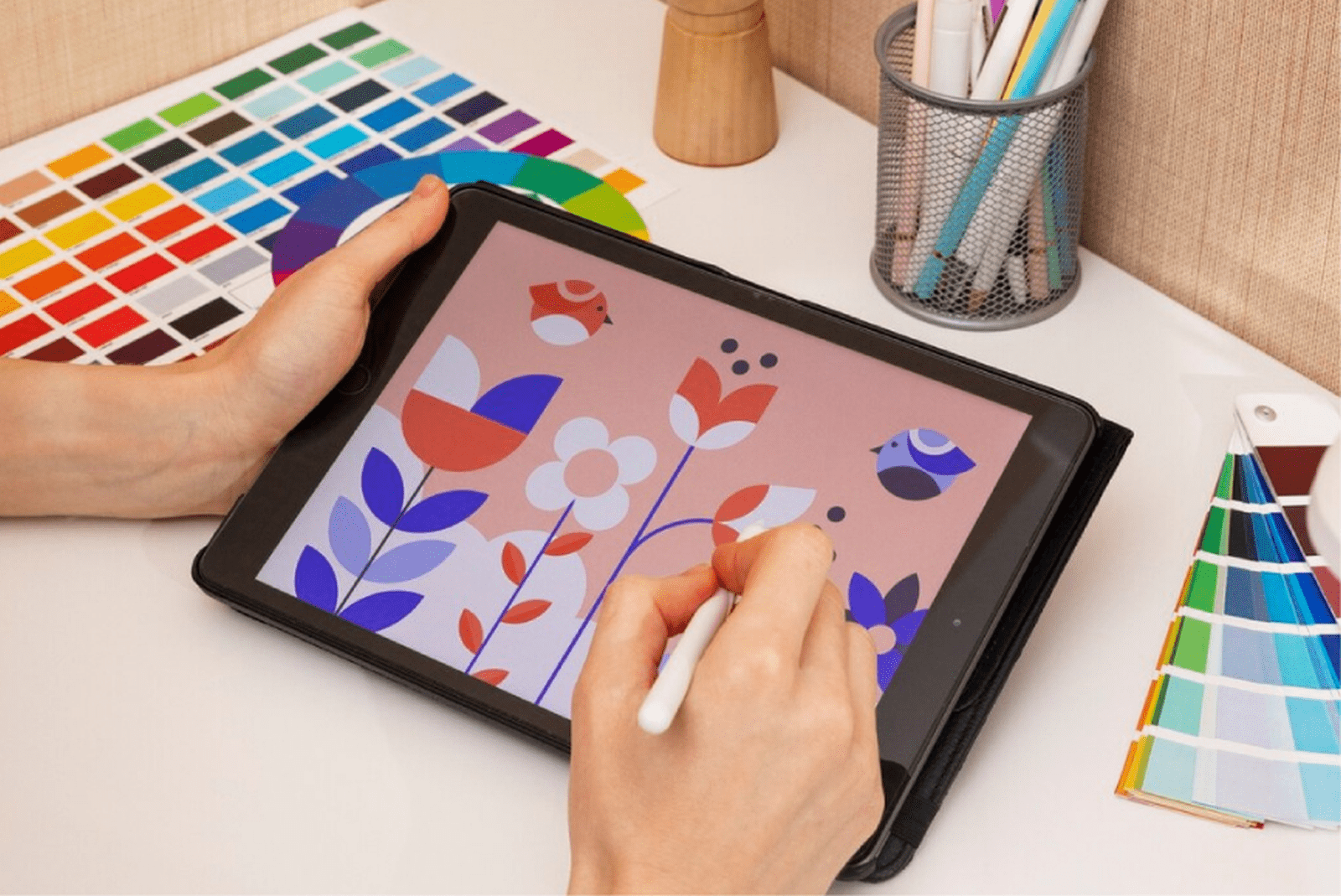Computer graphics are not only a modern tool for creating visual effects but also a powerful way to develop creative skills in children. Modern technologies and software open up endless possibilities for self-expression and creativity. In this article, we will explore how working with computer graphics fosters creativity in children and the benefits it brings.
1. Stimulating Visual Thinking
1.1. Developing Spatial Awareness
Working with computer graphics requires children to visualize and create objects in a virtual space. Creating 2D and 3D models helps develop spatial thinking, understanding volumes, and perspective. This skill is useful not only in art but also in other fields such as mathematics and engineering.
1.2. Creative Use of Tools and Effects
Graphic editors and animation programs offer many tools and effects that children can use to realize their ideas. Experimenting with colors, textures, and styles enhances their creative thinking and ability to express themselves.
2. Developing Project Thinking Skills
2.1. Goal Setting and Planning
Creating graphic projects requires children to plan and set goals. They need to develop a concept, outline steps for its implementation, and follow the plan. This teaches them organization, patience, and problem-solving skills.
2.2. Applying Feedback
Working with computer graphics involves constant review and adjustment of their work. Children learn to accept constructive criticism, which helps them improve their skills and approach to graphic projects.
3. Encouraging Technical Skill Development
3.1. Mastering Software
Working with various graphic programs helps children acquire basic technical skills, such as using editing tools, creating and manipulating images, animation, and rendering. These skills can be useful in both professional activities and hobbies in the future.
3.2. Developing Computer Skills
Creating graphics also requires proficient use of computers and various software tools. This promotes technical skills development, such as file management, keyboard shortcuts, and understanding program interfaces.
4. Fostering Creative Thinking
4.1. Experimenting with New Ideas
Computer graphics provide children with the opportunity to experiment with new ideas and concepts. Creating unique visual solutions helps develop creative thinking and opens new avenues for self-expression.
4.2. Realizing Fantasies and Ideas
Working with graphics allows children to bring their fantasies and ideas to life. They can create their own worlds, characters, and scenarios, which fosters imagination and innovative thinking.
5. Supporting Interdisciplinary Learning
5.1. Integration with Other Subjects
Creating computer graphics often requires knowledge from various fields, such as mathematics (geometry), art, and even history. This helps children see the connections between different subjects and enhances their abilities in interdisciplinary learning.
5.2. Developing Complex Projects
Complex graphic projects may include elements from various areas, such as design, animation, and programming. This enables children to develop a holistic approach to problem-solving and understanding relationships.
Conclusion
Working with computer graphics offers children tremendous opportunities for developing their creative abilities. It stimulates visual thinking, develops project management skills, supports technical skill acquisition, and fosters creative and interdisciplinary learning. The tools and technologies available today allow children to express their ideas and fantasies, creating unique visual projects. Ultimately, working with graphics not only enhances their creative skills but also prepares them for future challenges in various aspects of life.





